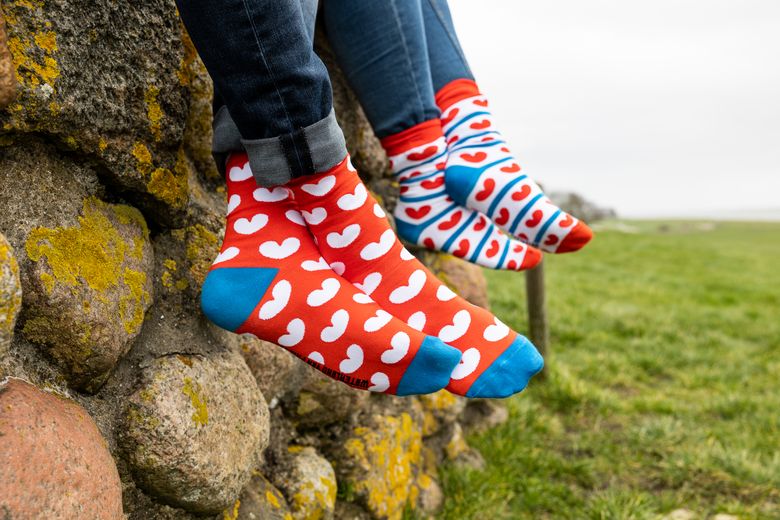The history of Friesland
A proud people with ancient roots
Travel through Friesland today, and you’ll quickly sense it: things work a little differently here. The language, the people, the self-assured attitude — it all runs deep. But where do the Frisians actually come from? How did Friesland come to be? And did you know that it used to be much larger than it is today?
This journey into the past tells the story of a people proud of their origins — and still fiercely independent to this day.
Who are the Frisians?
The Frisians are a West Germanic people with a history spanning over 2,000 years. They were first mentioned in Roman writings, described as free, seafaring, and independent communities.
Unlike many other European peoples, the Frisians were never ruled by a central authority. Instead, they lived in self-governed settlements where freedom and equality were deeply valued — a legacy that still shapes the Frisian mindset today.

Old Friesland - much larger than today
What many don’t know is that Friesland used to be much bigger than the province in the north of the Netherlands we know today. Historic "Greater Friesland" (Magna Frisia) once stretched from modern-day North Holland across Friesland, Groningen, and East Frisia all the way into northern Germany — in some parts reaching as far as the Elbe River.
This coastal region became known as the Frisian Freedom — a kind of medieval confederation without princes, but with elected representatives (Redjeven) and its own laws.
Today, there are still Frisian regions beyond the Dutch province of Friesland — all located in modern-day Germany: East Frisia (Lower Saxony), North Frisia (Schleswig-Holstein), and the Saterland language enclave. Each of them carries its own piece of Frisian heritage.
Language - and identity
Frysk, the Frisian language, developed alongside Old Dutch and Old English. For centuries, it was the everyday language of the coastal people.
Despite periods of suppression — for example, under Habsburg rule — Frisian survived, thanks to the strong cultural identity of its speakers. Today, it is recognised as an official language alongside Dutch in the province of Friesland.
Here, language is more than just a way to communicate — it’s an expression of identity that lives on to this day.
“ Language here is not just a means of communication — it’s an expression of identity, even today ”
Friesland in Konflikten - und veränderungen
In the Middle Ages, Friesland was often the scene of power struggles between local factions known as the Vetkopers and Schieringers. These rivalries only came to an end with the conquest by Duke Albert of Saxony in 1498 — a turning point that led to Friesland’s incorporation into what would become the Netherlands.
Even later, Friesland remained a region with a mind of its own — during the Dutch Republic, under Napoleon’s Kingdom of Holland, and within the modern Dutch state. Throughout it all, the Frisians held firmly to their language, their culture, and their freedoms.
Modern Friesland - proud, independent, and open
Today, Friesland is a Dutch province with around 650,000 residents. But its cultural identity remains strong: those who live here are Frisians — and they welcome visitors who show respect for the language, the landscape, and the way of life.
The Frisian flag, with its red and blue stripes and iconic “heart-shaped leaves” (pompeblêden), flies with pride. The Frisian language, Frysk, is very much alive — in schools, media, and daily life. And the memory of a greater, freer Friesland lives on — not as a political demand, but as a cultural force.